Fact or Fiction: Will There Be a Diesel Shortage in 2024?
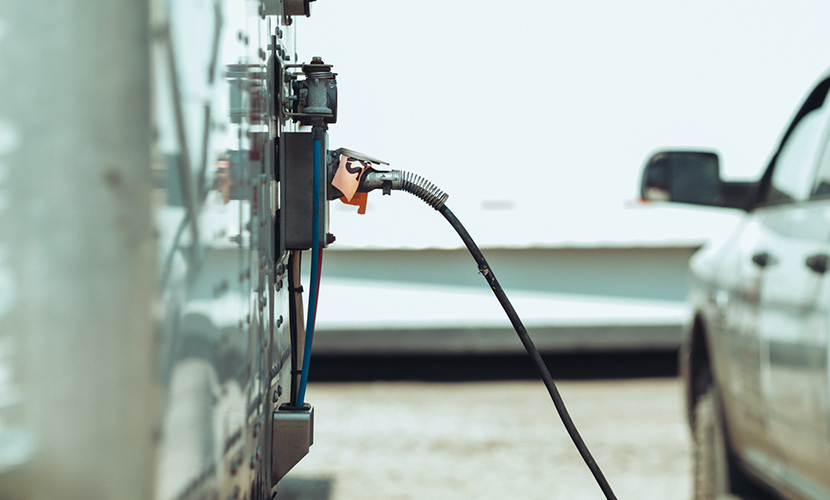
No one can truly predict the future. One thing is certain, though, and that’s the fact that for as long as there are people empowered to comment on things they don’t understand, there will be claims made that simply aren’t true. Whether they stem from misunderstanding, misinformation, or malicious intent, it has always happened and will always continue to happen.
As a fleet manager, it’s your job to keep an ear to the ground. You need to know when change is coming so you can prepare, whether it means sprucing up trucks for more stringent inspections, making changes to your routing so you can avoid areas with upcoming construction, or preparing for hard times when prices rise.
Sometimes, though, the things you hear through the grapevine simply aren’t true. That’s the challenge: sorting the facts from the fiction.
Experienced fleet managers have likely heard the rumor that the United States is poised to run out of diesel fuel any day now. Some say there’s a looming diesel shortage that could strike sometime in the next year. Others say we’re less than 30 days away from running out of diesel. Still, others claim that we’re in the midst of a diesel shortage right now.
What’s the truth?
Where the Diesel Shortage Rumors Come From
There are generally three broad sources of rumors surrounding the supply of diesel fuel and the possibility of shortages.
The first and the most well-meaning are the people who read facts and figures, make assumptions, and simply don’t have all the facts. This is the source of one of the more common claims. Perhaps you’ve heard it:
“The United States will run out of diesel fuel in 25 days.”
This is, technically, true. Except, it’s also not true in any way, shape, or form. Where does the information come from, then, and why is it wrong?
The United States Energy Information Administration publishes documentation on the country’s stockpiles of various kinds of fuel and energy on a regular basis. One particular factoid stands out: the United States currently (or at least, as of October 2022) has a 25-day stockpile of diesel fuel.
This number is based on the amount of fuel stored throughout the country and information about how much is consumed throughout the country every day. If consumption dropped, that same stockpile would last longer; conversely, if consumption spikes, the stockpile wouldn’t last as long.
You can see, then, where the factoid comes from. We have 25 days’ worth of fuel, so clearly, after 25 days, there will be a shortage, right? Perhaps rationing, or perhaps simply cutting off supply to anything other than shipping and military uses, who knows, right?
It’s the context that’s missing. People making the claim that we have 25 days’ worth of diesel fuel remaining are, technically, correct. But they overlook one key fact: just as we’re constantly using up diesel fuel throughout the country, so too are we both producing and importing more diesel fuel. 25 days from now, we’ll still have 25 days’ worth of diesel fuel remaining in the stockpile because the stockpile is meant to be a buffer against variability.
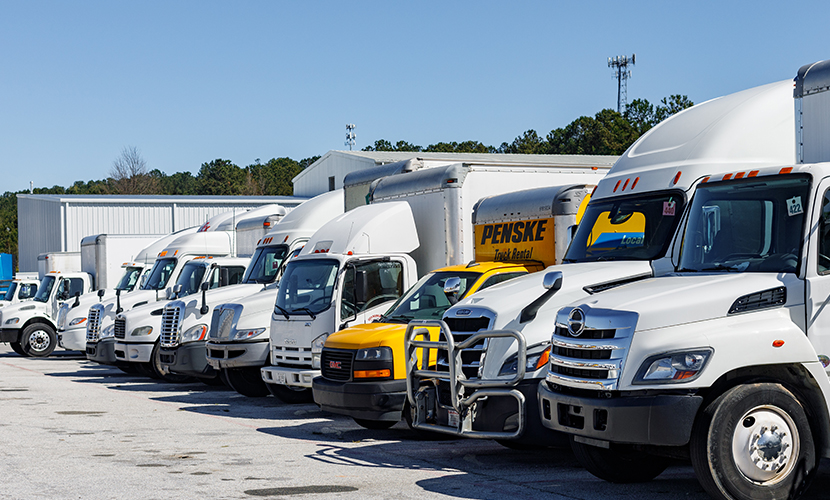
The truth is, the US has had somewhere between 22 and 55 days’ worth of diesel stockpiled pretty much constantly since at least 1991. You can see the full chart of weekly numbers here. Incidentally, fuel prices are trending slightly downwards at the moment, though, of course, this data is always subject to rapid change.
That’s the first of the three sources of these kinds of claims.
The second source of these rumors is essentially the same, except they’re using the rumors and the claims as deliberate misinformation. They know better, and they often have advisors who know better, but they have an agenda to push, and that agenda works better if they can scare people into thinking we’re in the midst of a fuel crisis.
“Purporting to show proof of the coming supply chain collapse, some Twitter users have been reposting a photo of a highway sign in Pennsylvania warning of “no diesel” at the Allentown Plaza fuel station. The Pennsylvania Turnpike’s official Twitter account flagged an outage at the station Saturday afternoon, attributing it to a “computer issue,” not a shortage. Diesel service had been restored by that night, the account tweeted.” – AP News.
We’re not going to make a claim about pundits being in the pocket of the oil companies or anything like that. Nothing is ever as simple as that. The truth is, everyone has their own agenda, and sometimes, that agenda benefits from misrepresenting the facts, that’s all.
The third group, of course, are those oil companies. A company that produces diesel fuel can benefit by supporting the claim that the US fuel supply is low, which could rally support for increasing said supply, which they can conveniently sell to the government. Of course, the oil companies have standing deals to maintain fuel supplies regardless, so they aren’t generally the ones pushing these rumors.
Could There Possibly Be a Diesel Shortage in 2024?
Never say never.
The truth is, there’s enough oil production happening both domestically and globally that the chances of a true diesel shortage are virtually nil. Current trends show that diesel prices are forecast to decline over the next year. There are also seasonal changes:
“Refinery capacity typically drops at this time of year, as refineries perform maintenance in the spring and fall when the demand is lower and the weather is optimal. Over the past few years, the refinery capacity has dropped further as several unprofitable refineries closed.” – Samba Safety.
That said, these predictions were made before the current new wave of geopolitical crises (escalations between Russia and Ukraine and the explosion of violence in Israel, Gaza, and Palestine) sprang up. Geopolitical instability and war always create unforeseen changes to the global economy, and the stockpiles, production, and price of diesel fuel are just as likely to be affected as anything else.
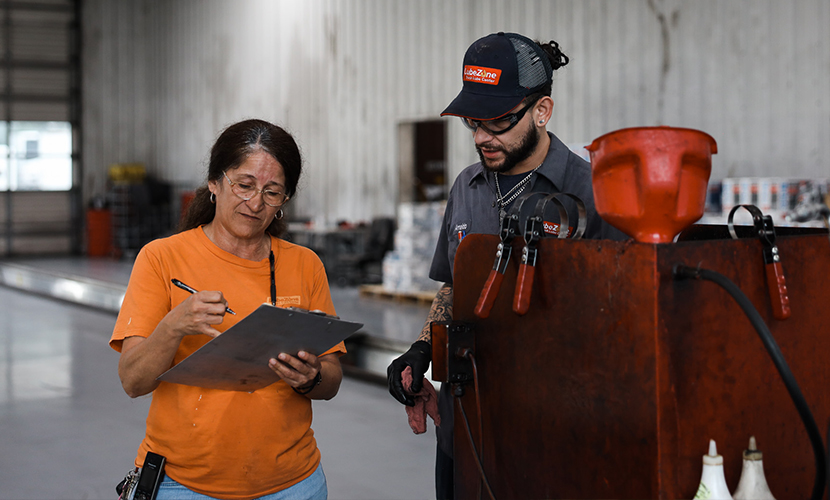
As a fleet manager, should you worry about a shortage?
Truthfully, probably not. Even in times of much more significant conflicts the United States has been involved in over the last thirty years, the supply of diesel fuel hasn’t changed all that much. In fact, if anything, conflict spurs the production of more fuel to have supplies ready.
Then again, should you listen to us? We’re a fleet maintenance partnership with service centers all across the country, and we’ve existed for years. We’ve seen prices rise and fall, trends come and go, and even conflicts start and stop. When all is said and done, the fleets keep on moving, the fuel keeps being produced, and while the prices can change, it’s very rare that they surge to a point where it drives a fleet to park its trucks.
Sure, if the US is drawn into a new world war, all bets are off, but the average fleet manager shouldn’t be planning around that kind of event.
Preparing for a Diesel Shortage in 2024
Will there be a diesel fuel shortage in the coming year? Probably not.
Is that an excuse to ignore proper planning and preparation for variability in the market? Definitely not.
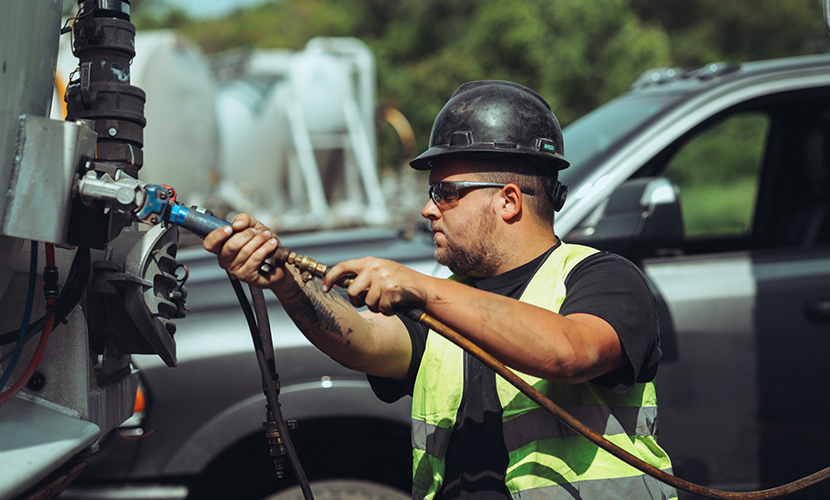
As a fleet manager, part of your job is to keep your fleet moving, making deliveries on time. That means planning for worst-case scenarios. So, what can you do?
Have a Reserve Fund
One of the best things you can do is have a reserve fund of cash to support your logistics if the price of fuel spikes for shortage-related or other reasons. Sometimes, supply lines get disrupted. Things like the coronavirus pandemic, large hurricanes, and large blizzards can all disrupt the ability to deliver fuel to service stations and fuel depots, causing scarcity and higher prices.
To be clear, these aren’t a shortage; they’re more localized and are a disruption to the distribution, not the production, of diesel fuel. Even in a shortage, though, the key challenge is likely going to be the price, not the availability of the fuel.

Therefore, one of the best things you can do is have enough money in reserve to insulate you against these spikes, trusting that everyone involved wants supply lines to be restored as quickly as possible and that a lot of significant work will be done to reach that goal.
How much should you have in a reserve fund? That depends on your fleet. Estimate your ongoing fuel costs, pick a price point you might expect fuel to rise to in a shortage or crisis, and calculate how much you’d be spending based on your fleet’s fuel consumption. Add a bit extra for good measure, and you’re likely in a decent place.
Encourage Drivers to Use Fuel Intelligently
In times of short supply, increasing the efficiency of usage can be an excellent way to combat rising costs and scarcity.

There are a lot of different things you can do to improve fuel efficiency throughout your fleet, but one of the biggest is training your drivers to abandon habits that burn excess fuel.
- Reduce sudden speed increases and braking whenever possible; sudden changes burn more fuel to move the mass of a truck than longer, slower acceleration and deceleration.
- Leverage cruise control on longer journeys. Steady use of power, rather than slowing and speeding up on the highway, results in smoother, more even, and, on average, lower fuel consumption.
- Slow down speeds. At highway speeds, traveling at 65 mph burns 27% less fuel than traveling at 75 mph. It may be less time-efficient, but it’s vastly more fuel-efficient.
- Reduce idling. Whether this means taking alternate routes that don’t involve stopped traffic or just shutting the truck down when the driver needs to stop somewhere instead of leaving it idling, idling burns fuel for no benefit.
We have a full guide on improving fuel efficiency you can check out here.
Optimize Routing for Lower Fuel Consumption
Another way to boost fuel efficiency is routing. A constant speed along a route is better than a route with a faster top speed but more frequent starts and stops. A route with less turning means less time stopped and idling. This, too, is covered in the guide linked above.

Luckily, as a fleet manager, you don’t need to do all of this manually. Modern software for fleet tracking has plenty of map and traffic data that can be used to algorithmically optimize travel routes with an eye for fuel efficiency.
Consider Building Your Own Stockpile
While studies show that diesel fuel can start to go bad after 28 days in storage, under the right conditions, it can remain usable for as much as 6-12 months.
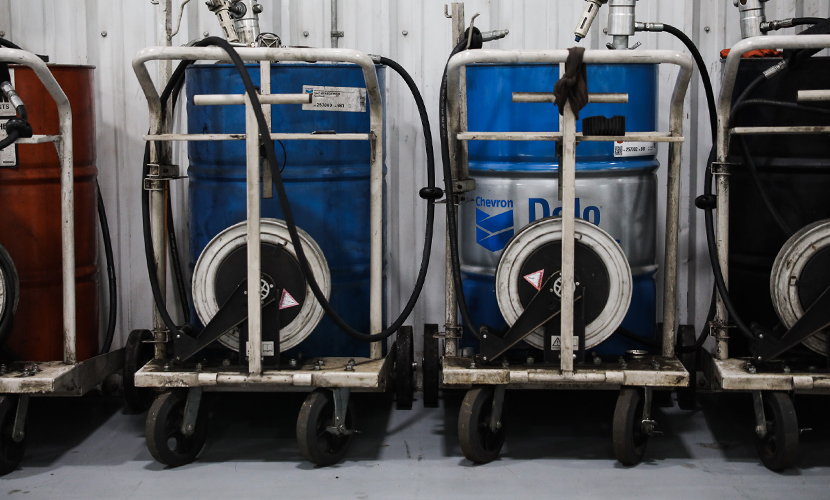
Now, you’re pretty unlikely to be building up a year-long stockpile of your full fleet’s fuel consumption. However, by maintaining at least a little of a stockpile, you can insulate yourself against brief spikes in scarcity and price.
Have Emergency Contacts in Case of a Disaster
In the case of a true disaster, whether it’s an adverse weather event or something worse, know who to call. This may be city, county, or state-level disaster assistance organizations or even FEMA or the Red Cross.

True emergency preparation goes well beyond having a set of phone numbers on hand, but it’s something that never hurts to keep around.
Work with Epika
At Epika Fleet, we help support a wide range of different fleets for all kinds of needs, whether it’s preventative maintenance, information, or emergency repairs.

By working with us, you can tap into a larger network and infrastructure of support than you can set up on your own and take advantage of our greater pool of resources. All you need to do is contact us to get started! And if you have any questions, please feel free to let us know!
